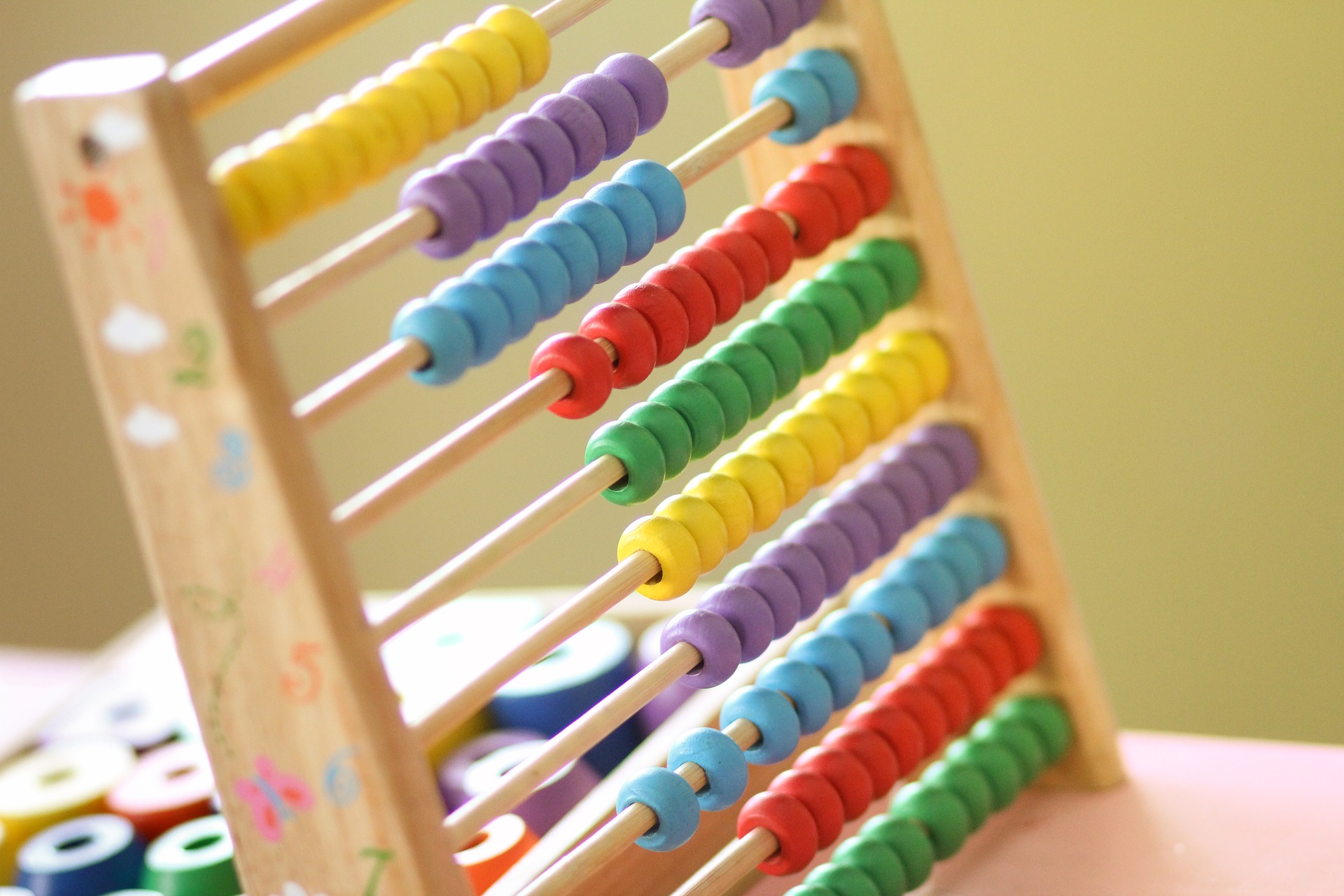Today, 15th May 2019, is National Numeracy Day. You may have noticed the topic trending on twitter and other social media platforms, as well as the campaign being supported and promoted by the likes of the DfE, Virgin, BBC, Rachel Riley, Martin Lewis and countless other big names and individuals. National Numeracy Day is run by the UK charity, National Numeracy. So what’s it all about and how can you improve your EYFS Numeracy activities in your early years settings?
So what’s it for?
Attitudes towards numbers is widely regarded as being negative for a very long time. National Numeracy wants to help make people feel confident and recognise the value and presence of numbers in everyday life.
Why is LearningBook in support of National Numeracy Day?
As a provider to the educations sector we think numbers are important, they help our staff and peers in the day-to-day functioning of LearningBook and within schools, preschools and nurseries. We use numbers and the skills gained through mathematics to help us solve problems and support our customers every day. As well as encouraging adults to improve their number skills we think it’s only right we should also start encouraging a love for numbers and mathematics at the very start of life – in the early years.
EYFS Numeracy
As you know Mathematics one of the specific areas of the Early Years Foundation Stage (EYFS), and acts as a key foundation for when children move from EYFS on to KS1. By establishing a positive relationship with numeracy early we feel that his may go some way to helping this National Numeracy’s cause.
Here’s a few simple, fun and exciting activities for you try in your early years setting (some are focused and some can be worked in throughout the day during other activities) in order for you to progress your children through their EYFS numeracy skills:
1) Number Rhymes
Resources: Your voices!
Activity: Sing lots of songs that include numbers and amounts during play time and pack away time, or maybe even when you’re waiting for breakfast, lunch or tea to be served. For example, “Ten Green Bottles”. You could use props and act out the different songs, remember to ask children “How many bottles are left?” or “Can everyone count the bottles on the wall?”
2) Dice Rolling
Resources: Big dice
Activity: You can use dice for just about anything and to encourage child’s behaviours. For example, children can roll a dice and the number that appear can be how many toys they can take out of the box. Or it can be the number of children on table 1, etc. Ask the children “What number do you see on the dice?”, or ask “How many toys can you take out of the box?”
3) Books
Resources: Books with counting element, e.g. “The Very Hungry Caterpillar” by Eric Carle.
Activity: During story time ask children to count certain aspect of the book. For The Very Hungry caterpillar ask the children to count the number of pears, or “How many pears has the caterpillar eaten?”. You could even ask the children, “ Which caterpillars are big and which are small?”
4) Straw Sucking
Resources: One straw per child, a ong piece of colourful card, paper/card pieces with numbers 1-10.
Activity: Scatter the pieces of paper/card that have the numbers on them on the floor or table. Use the colourful piece of card as the number line. Ask the child to use their straw to suck up the numbers tin order or say certain numbers you want them to move. This will help them recognise names of numbers, as well as being able to order them consequtively.
5) Role Play
Resources: Children’s imagination!
Activity: This activity can include any role play area of your room, e.g., a farm shop, or it can be when children are role playing in general. Children can act as shoppers and shop keepers and count out the number of carrots and other fruit and veg on their stall. They can also add the amount of money to buy the different food. Encourage the children to ask each other “How many carrots would you like?” or “How many apples do you have?”.



